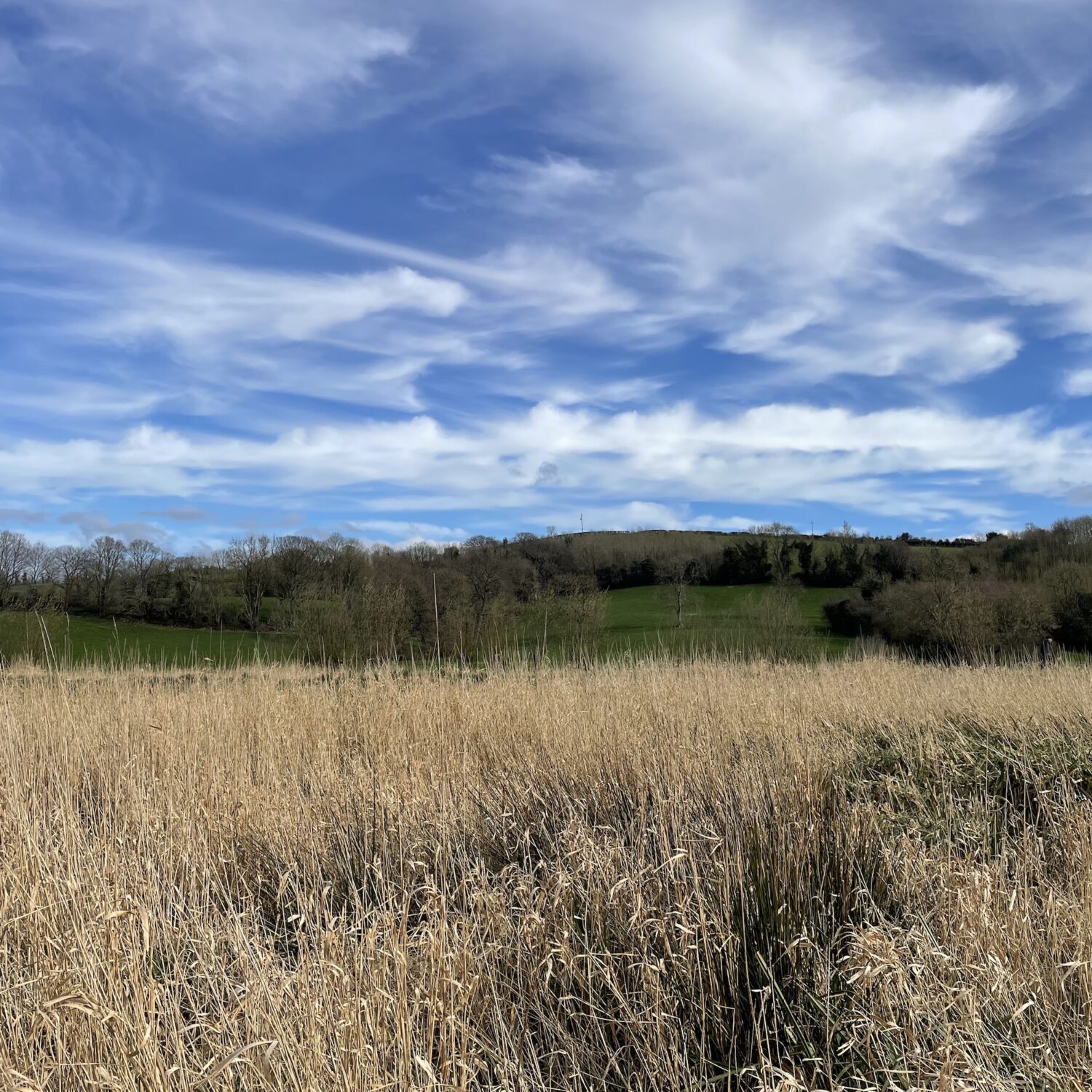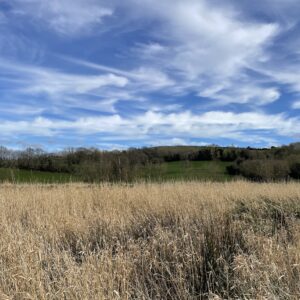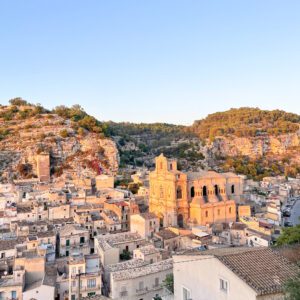As a Catholic with Irish roots, St. Patrick’s Day was always more than just a holiday—it was a celebration I looked forward to each year. I remember decorating my school uniform with little leprechaun pins and baking green-colored cookies in our kitchen. While I learned about St. Patrick’s life during these traditions, what stuck with me most was the deep sense of joy and belonging.
Having grown up in a primarily Irish-Catholic community, nearly everyone I knew had some tie to Ireland. My mom often shared stories about my grandfather—her father—who came to Ellis Island as a ten-year-old boy. He and the rest of his family traded the familiarity of their home in Ireland for the unknown promise of a new life. Because of him, I later secured Irish citizenship—something I cherish for the passport and the tangible link it gives me to my roots.
Despite never visiting Ireland until my semester studying abroad in London, as soon as I landed at Dublin’s airport, I felt a sense of familiarity—almost as if I had been there all along. Every subsequent trip to Ireland has been just as magical.
I feel very fortunate to have had the opportunity to walk, bike, and hike my way through St. Patrick’s Way last month. Our journey began in Armagh, where St. Patrick established his main church, and two cathedrals in his name stand today. Faced with hostility from local chieftains and Druids, along with the constant threat of attack or even death, his mission was anything but easy.

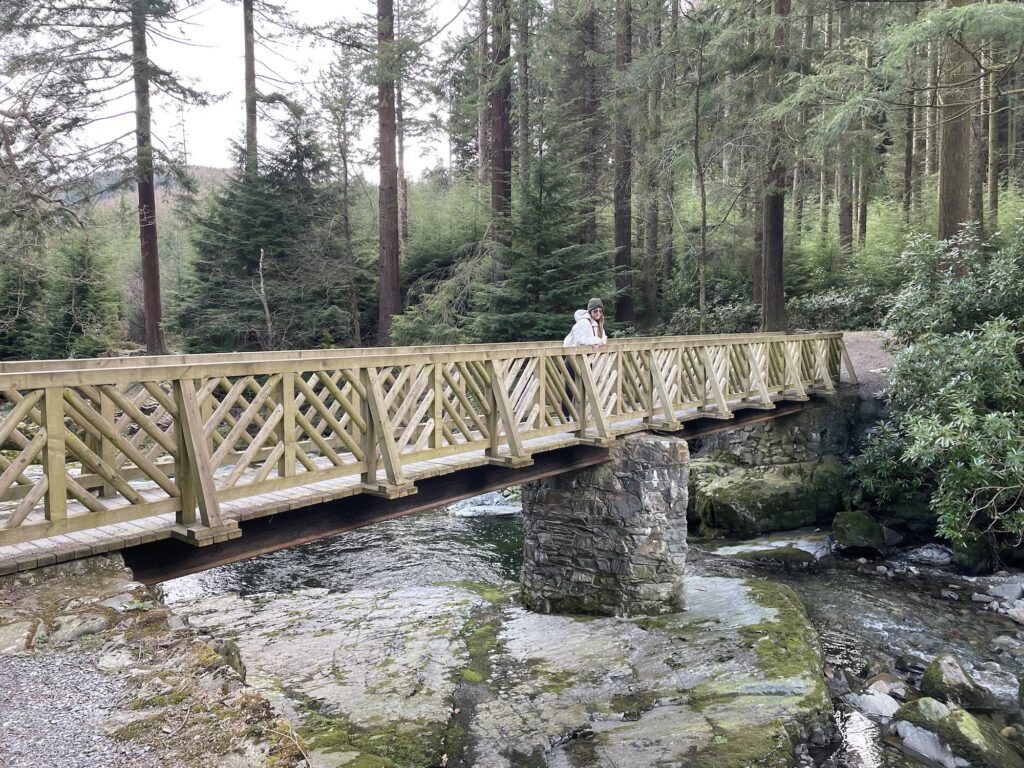

The origin story behind St. Patrick’s Way
Partially inspired by the Camino de Santiago in Spain, St. Patrick’s Way is a pilgrimage route through Northern Ireland that traces the path St. Patrick—Ireland’s patron saint—took when he first brought Christianity to the country. St. Patrick’s Way spans approximately 85 miles, beginning in Armagh and ending in Downpatrick, where St. Patrick is said to be buried.
As much as I thought I knew about St. Patrick’s life, there were many stories I hadn’t heard—particularly about his early years before returning to Ireland to spread Christianity. While historians can’t confirm where St. Patrick was born and raised, the consensus is that it was somewhere in Britain—possibly Scotland—in the late fourth century.
What they do know, however, is that he was captured by Irish raiders as a teenager and taken to Ireland as an enslaved person. After about six years, he escaped and returned to Britain, only to make the difficult decision to return to Ireland many years later. When you reach Downpatrick near the trail’s end, the St. Patrick Centre offers a great look at his early life and is well worth checking out.
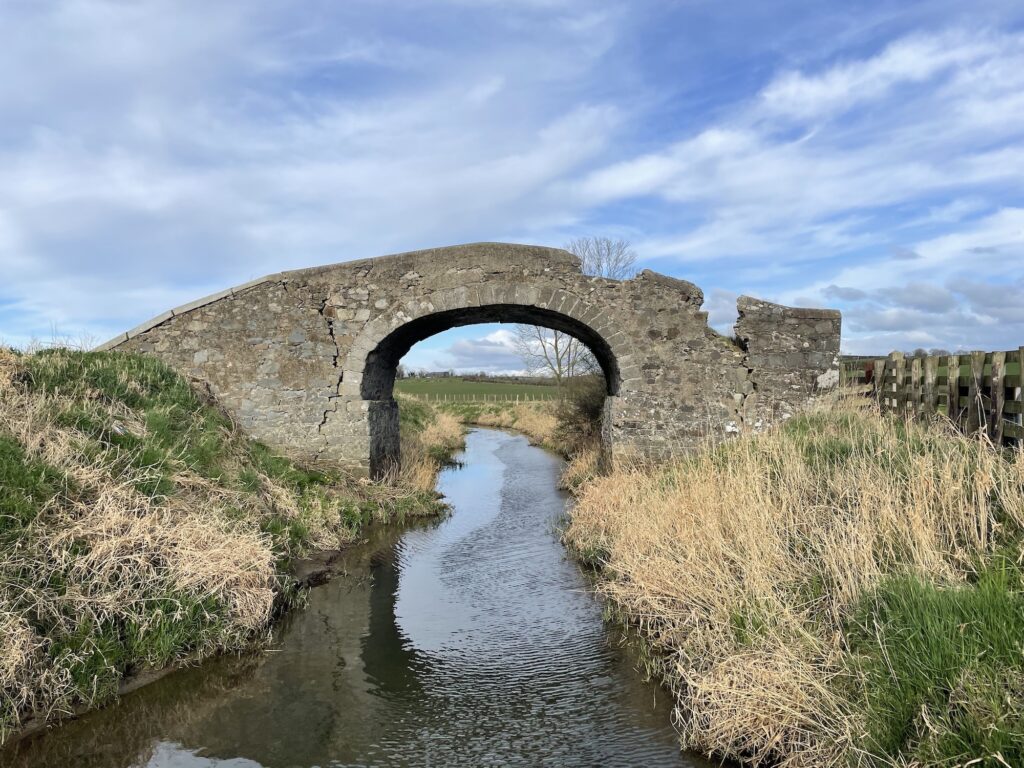

Highlights from the trail
My week in Northern Ireland was packed with stunning views and memorable stops, so this list is not exhaustive.
Visiting Navan Centre and Fort and Armagh
For most travelers, the journey begins at the Navan Centre and Fort. Also known as Emain Macha, Navan Fort dates back around 2,000 years to the Iron Age. Believed to have been the ancient seat of the kings of Ulster, it was a significant gathering place. St. Patrick recognized the fort’s significance and used it to reach as many people as possible and teach them about the Christian faith.
This is a great time to mention the St. Patrick’s Way Passport, which you can pick up at the Navan Centre and Fort—the first of ten locations where you can collect stamps along the route. As someone who misses the days when my actual passport got stamped, I found it genuinely exciting every time I added a new one.
Then, it was off to Armagh, where our group took a walking tour of the city and visited the city’s two St. Patrick’s Cathedrals—one belonging to the Church of Ireland and the other to the Roman Catholic Church. One of our guides joked that wedding guests sometimes mistakenly arrive at the wrong cathedral. Fortunately, the two cathedrals are practically across the street from each other and are hard to miss.
When in Armagh, definitely try to book a guided tour with Donna Fox. A local expert, Donna has been giving tours of Armagh and beyond since the 1990s. Along with her deep knowledge of the area and St. Patrick’s Way, she’s incredibly friendly and welcoming.
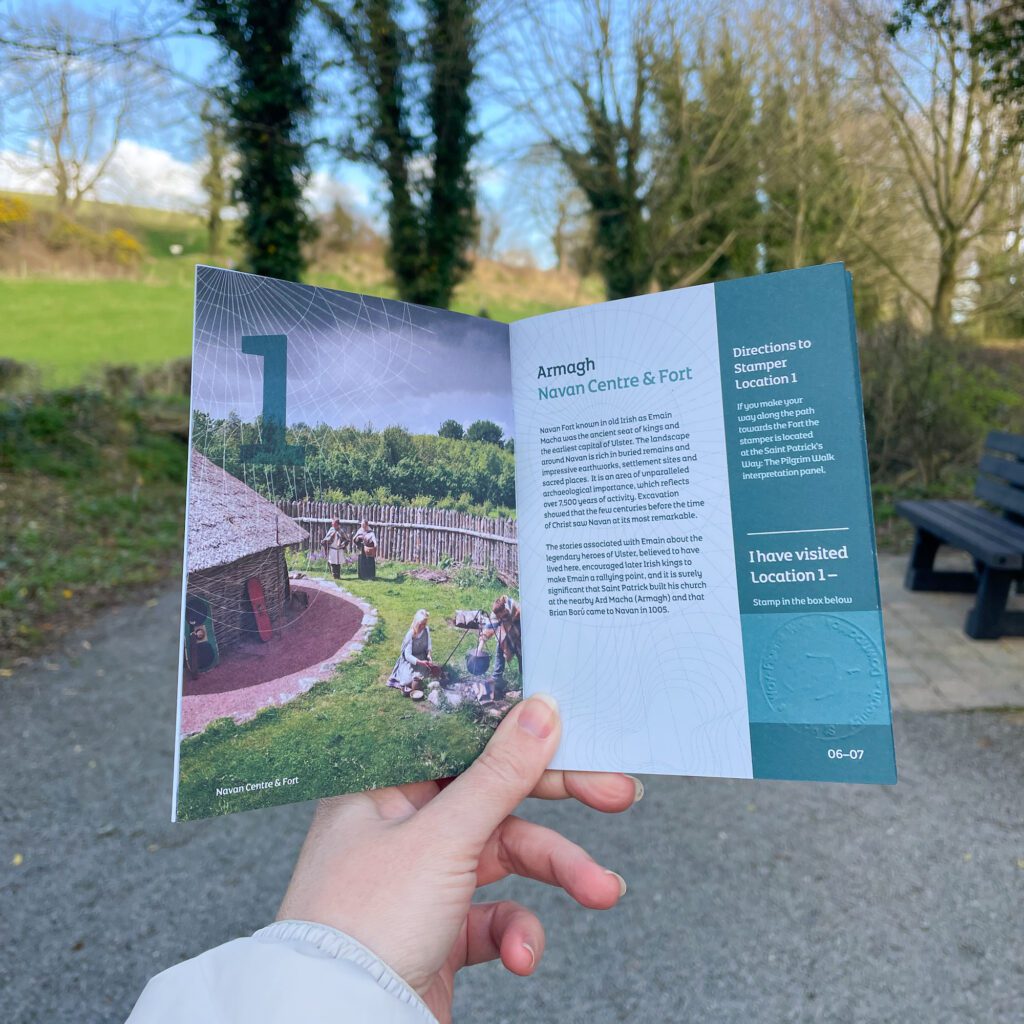

Cycling from Scarva to Newry
One of my favorite stretches of St. Patrick’s Way was the journey from Scarva to Newry, which we tackled on e-bikes. The route was stunning, and we lucked out with sunny weather for most of the week. Since the path runs parallel to the canal, it’s nearly impossible to get lost—leaving you free to soak in the scenery as it rushes past.
Saint Patrick spent time in Glen Righe, also known as Clanrye, during his mission in Ireland. As a symbol of his faith, he planted a yew tree above the Clanrye River, which runs through present-day Newry. This legacy lives on in Newry’s coat of arms, which depicts Saint Patrick standing between two yew trees.
A huge thanks to the team at Bike Mourne, who organized everything seamlessly and knew exactly where to stop so we could collect four passport stamps along the way.
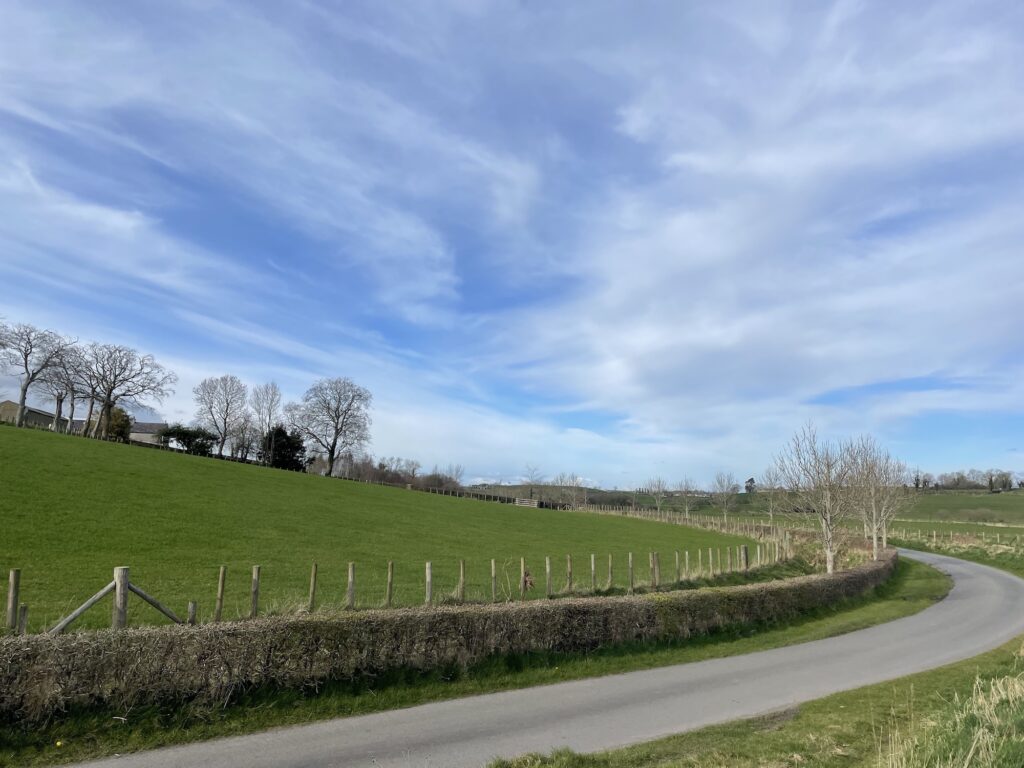

Watching the sunrise in Newcastle
A destination in its own right, Newcastle quickly became one of my favorite stops along St. Patrick’s Way. We stayed at the charming Avoca Hotel on the beach, and the views of the sunset–and sunrise the following morning–were unmatched. Even though it was still somewhat chilly in March, I loved warming up at the nearby pubs, Guinness, and some great live music.
As jam-packed as the previous day had been, there was no way I would miss the sunrise the next morning. Sure, I could’ve watched it from my room on the hotel’s first floor, but there was something special about stepping outside, feeling the crisp morning air on my face, and watching the Mourne Mountains loom majestically in the distance.


Canoeing along the River Quoile
After walking towards the Camino Canoe point–a trek of about three miles on foot–we met our canoe instructor, John, at Janes Shore. We were again blessed with clear, sunny skies and a warm breeze as we paddled our way to the historic Inch Abbey.
Located near Downpatrick in County Down, Inch Abbey was once a thriving Cistercian monastery founded in 1180. Unfortunately, like many other monasteries, it was abandoned in the 16th century during the Dissolution of the Monasteries under Henry VIII, much like the famous Tintern Abbey in Wales.
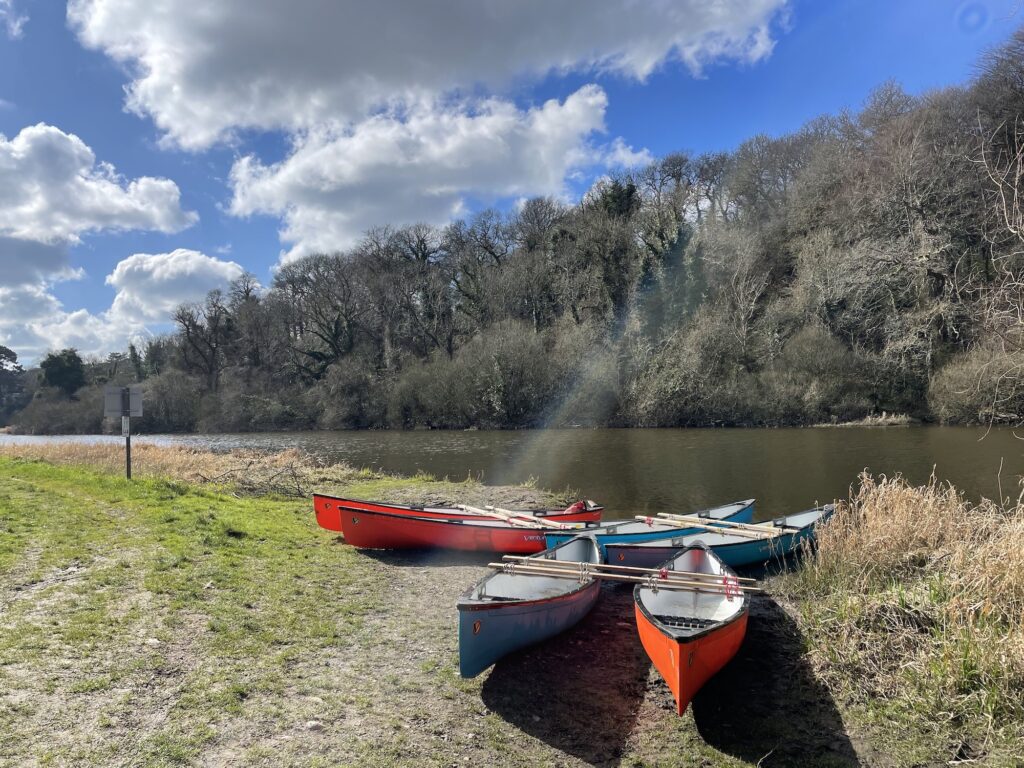

Ready to follow in St. Patrick’s footsteps? If you’re flying over from the U.S., you’ll begin your journey in Dublin. Alternatively, you can fly into Belfast like I did and explore Northern Ireland’s capital city before heading to Armagh to begin St. Patrick’s Way.
